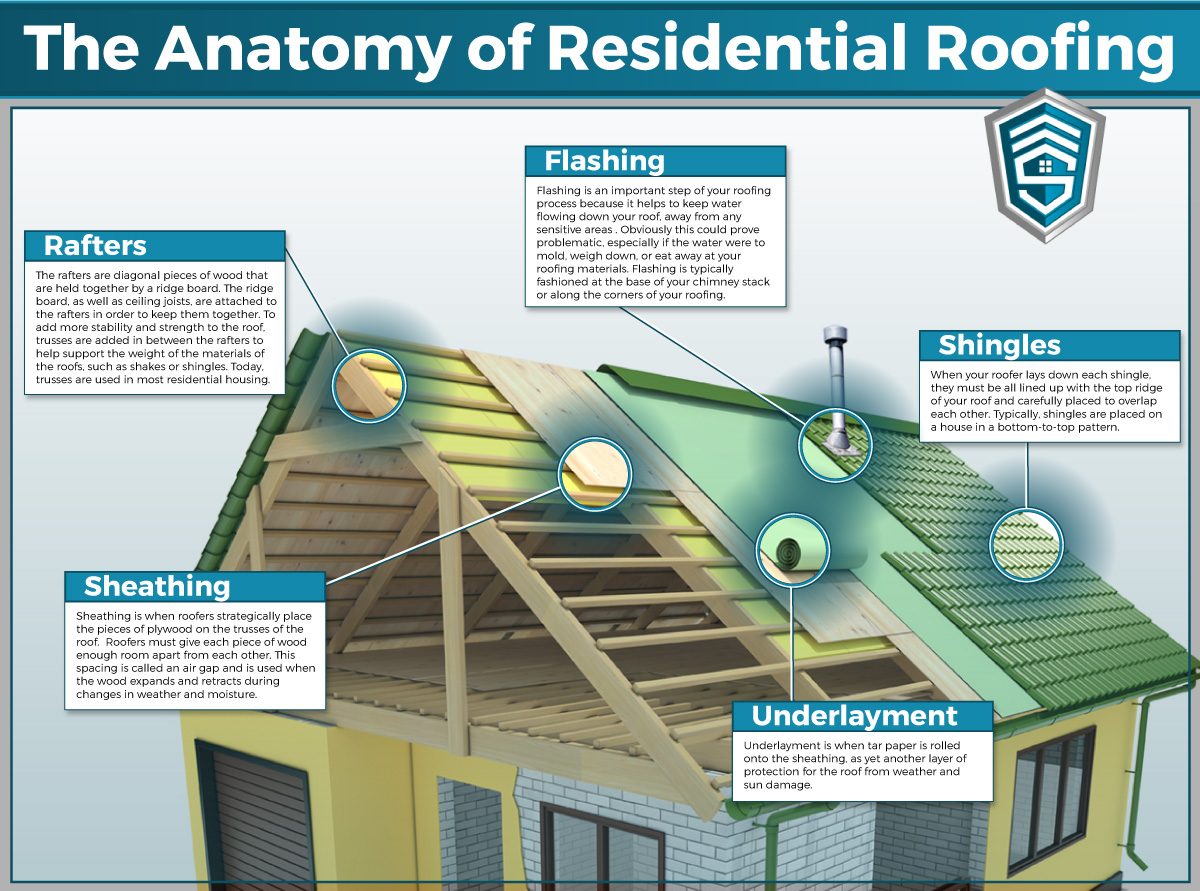When it involves photovoltaic panel effectiveness, understanding how weather conditions enter into play is key. Image this: your photovoltaic panels indulging in the sunlight's glow, taking in energy to power your home. Yet what takes place when clouds roll in or temperatures rise and fall? Just how does that impact your power manufacturing? By delving into the detailed dancing in between weather and solar panels, you'll uncover vital insights that can help you maximize your renewable energy arrangement. Discover the subtleties of sunlight intensity, temperature level impacts, and the function of cloud cover and rains in maximizing your photovoltaic panel efficiency.
Impact of Sunlight Strength
Sometimes, the intensity of sunlight can significantly influence the effectiveness of solar panels. When the sunshine is solid and direct, your photovoltaic panels generate even more electrical power. Nonetheless, throughout gloomy days or when the sunlight is at a low angle, the panels receive less sunshine, lowering their efficiency. To take full advantage of the power outcome of your photovoltaic panels, it's crucial to install them in locations with ample sunshine direct exposure throughout the day. Take into consideration aspects like shielding from neighboring trees or buildings that could block sunshine and lower the panels' efficiency.
To enhance the efficiency of your photovoltaic panels, consistently tidy them to eliminate any kind of dirt, dust, or debris that might be blocking sunlight absorption. Furthermore, ensure that your panels are tilted properly to obtain the most straight sunshine feasible.
Impact of Temperature Level Changes
When temperature level changes take place, they can have a considerable influence on the effectiveness of photovoltaic panels. Photovoltaic panel work best in cooler temperatures, making them extra reliable on mild days contrasted to extremely warm ones. As the temperature boosts, photovoltaic panels can experience a reduction in performance as a result of a phenomenon known as the temperature level coefficient. This result causes a reduction in voltage output, ultimately affecting the general power production of the panels.
Alternatively, when temperatures drop too low, solar panels can also be influenced. https://solarrenewableenergycredi11987.snack-blog.com/29290633/discover-the-critical-actions-needed-for-examining-both-your-roof-and-power-needs-to-facilitate-an-efficient-solar-installation-process can bring about a decline in conductivity within the panels, making them much less efficient in producing electrical power. This is why it's vital to consider the temperature conditions when installing photovoltaic panels to optimize their performance.
Role of Cloud Cover and Rain
Cloud cover and rains can substantially impact the efficiency of photovoltaic panels. When clouds block the sun, the quantity of sunlight reaching your solar panels is minimized, causing a decline in energy manufacturing. Rainfall can likewise impact solar panel efficiency by blocking sunshine and producing a layer of dirt or gunk on the panels, additionally reducing their capacity to generate electrical power. Even light rainfall can spread sunshine, causing it to be less focused on the panels.
Throughout overcast days with hefty cloud cover, solar panels might experience a significant drop in power output. However, it deserves noting that some modern solar panel technologies can still produce electrical power also when the sky is gloomy. Furthermore, rainfall can have a cleansing result on photovoltaic panels, getting rid of dirt and dirt that might have collected with time.
To make best use of the efficiency of your photovoltaic panels, it's necessary to think about the impact of cloud cover and rainfall on energy manufacturing and make certain that your panels are properly kept to hold up against differing climate condition.
Final thought
In conclusion, climate plays a significant function in the performance of your photovoltaic panels. Taking https://www.designboom.com/technology/uneole-mixed-energy-platform-solar-and-wind-power-11-02-2022/ of sunlight direct exposure, managing temperature modifications, and keeping track of cloud cover and rainfall are key variables to think about for ideal power generation. Routine upkeep, such as cleaning panels, is important for maintaining peak performance. By comprehending how go source , you can make informed choices to make best use of energy result and savings.
